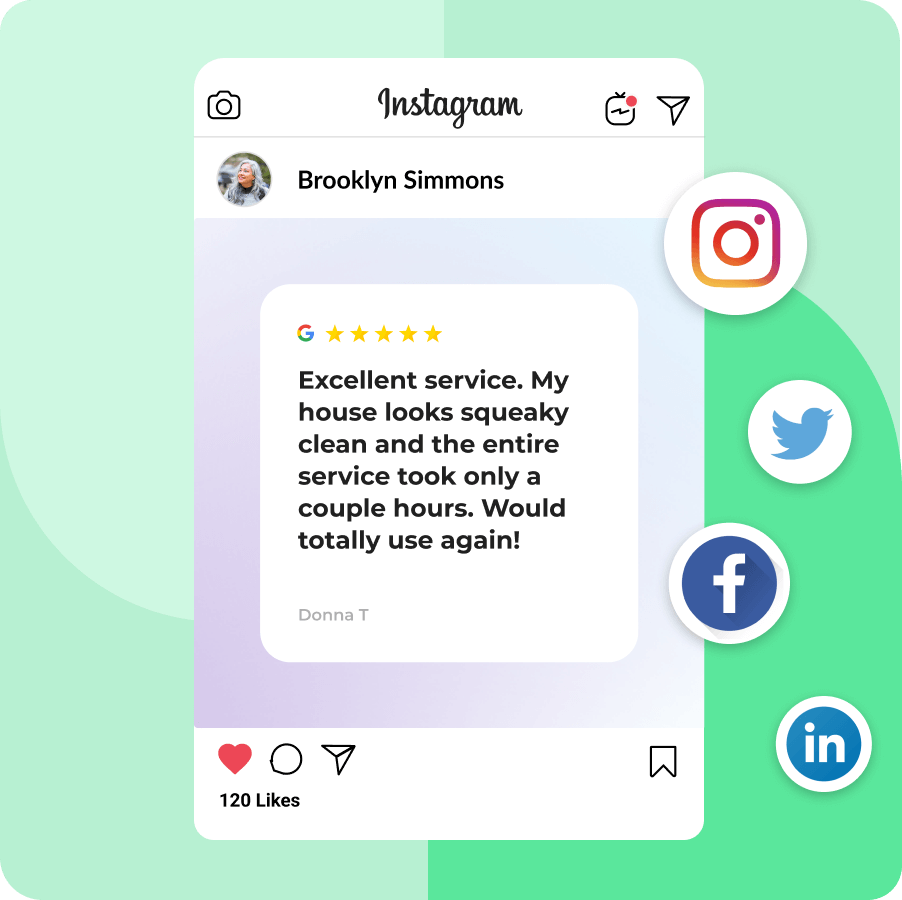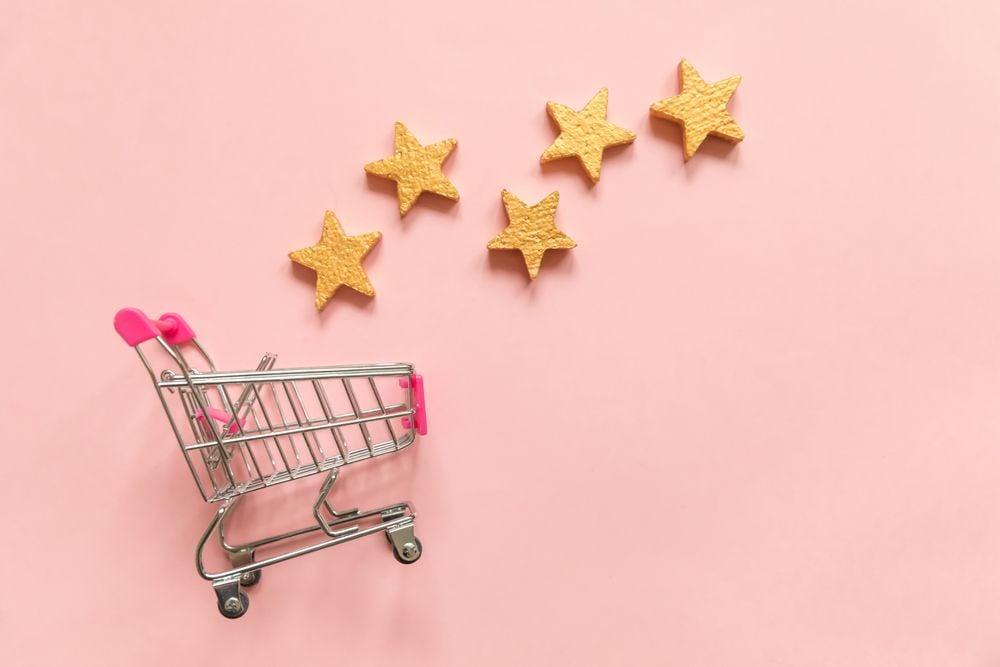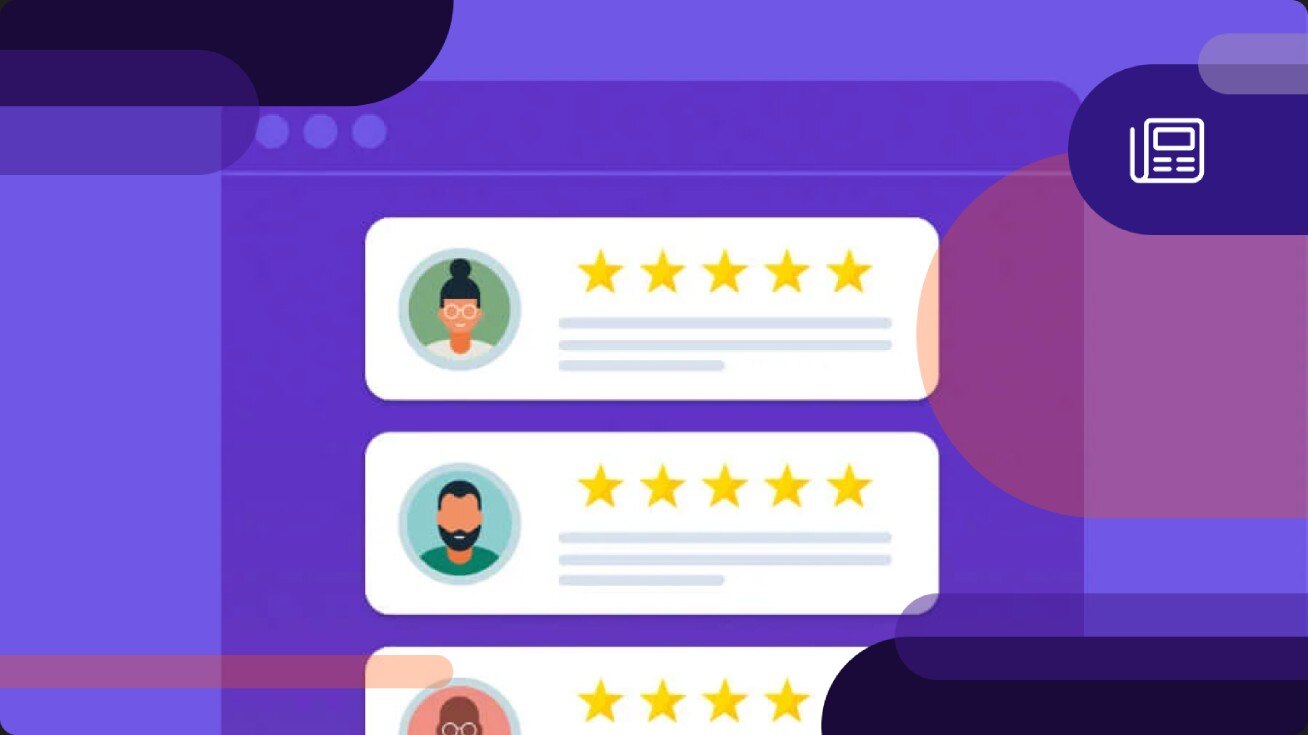Why Customer Reviews Are Important and How to Get More
Delight Your Customers and Reap the Benefits of Customer Reviews
How many times have you looked up a local business on Google or Facebook and went straight to their customer reviews?
Makes sense, right? If someone else like you gives honest feedback of a business based on a personal experience, you’ll probably listen to what they have to say.
That’s because individuals find customer reviews are more trustworthy than what a local business might say about themselves. You take conflicts of interest out of the equation.
Reviews are very impactful. According to online review statistics, potential customers read an average of ten reviews before committing to a service provider.
Local companies that understand the importance of customer reviews can leverage them across their Google Business Profile, their Facebook Page and their website to gain a competitive edge.
So, let’s look at why customer reviews are so impactful and learn exactly how they can help you grow.
In this post, I will go over why customer reviews are important to your business and how you can get more positive reviews to increase your sales and maybe even one day get off the truck.
The Importance of Online Reviews
Online reviews are important because they help showcase your company’s reputation, they increase sales and improve search rankings for your website.
And get this—did you know that reviews influence 90% of potential customers better than a sales pitch?
It's important to know why customer reviews are important because when you learn their potential benefits, you know what tactics to seize upon to grow your business.e

Turn your customer reviews into Reputation Marketing material
NiceJob takes care of those time-consuming tasks so you can spend more time focusing on your customers.
Why Reviews Are Important
Why are customer reviews important? Customer reviews are important because they set you up for success.
Consider that 88% of potential customers trust reviews as much as personal recommendations from friends.
With this sway, reviews not only increase your revenue but also improve conversion rates, the percentage of your website visitors who become leads or leads who become customers.
So if reviews are so important, what benchmarks should you be aiming for?
How Many Reviews Do You Need?
There is no magic number. To be competitive, you should aim for at least ten reviews. But the top performers on Google in any given local region for any given service industry often have lots more.
Focus on how recent your reviews are. Getting new reviews is important because 73% of potential customers think reviews older than three months are irrelevant.
What If I Don't Have Any Reviews?
Reviews are important because 59% of potential customers want to see at least 2-3 reviews for a company before making any decisions.
That means that local businesses without reviews risk being left out when people search on Google for their service. A MarketWatch study confirms that at least 20 reviews is a magic number.
So when someone searches for "plumber near me" or "carpet cleaner in my city"—you can forget appearing anywhere on Google without customer reviews.
And this kind of impact is prevalent for all kinds of industries like plumbers, carpet cleaners or even recruitment agencies.
Let’s dig into the benefits of online reviews so you can get a clear picture on why they’re so important.
Benefits of Customer Reviews for Local Business
These are the four benefits of reviews that show the importance of customer reviews to help you grow your local business.
- Reviews Establish Your Business as a Force in Your Industry
- Use Reviews as Social Proof to Increase Sales
- Reviews Increase Your Website Traffic and Generate Leads
- Optimize Your Google Presence
Reviews Establish Your Business as a Force in Your Industry
Want to know how to become the “go-to provider” in your region so you can start to “own the neighborhood?” Reviews can help with that via something called reputation marketing.
Reputation marketing is a marketing approach that uses your brand reputation to build trust with customers.
When you don’t have reviews on your website, it can hurt your reputation. People need to be sure that you’re a dependable brand.
.png?width=408&name=Page%20graphic1%20(1).png)
Sharing reviews on your website is a great example of reputation marketing. You’re promoting–or, “marketing”– your own reputation and using it as a selling point on your website.
It’s worse when your competitors have reviews and you don’t. So the more reviews you have on your business, the higher your chances of getting leads.
This is where reputation marketing comes in. Collecting reviews is just step one in the process of building your brand.
Promoting your reputation online via your website, in advertisements, on social media and on review-listing sites is what can help put you over the top!
Use Reviews as Social Proof to Increase Sales
Using social proof should be one of the first strategies used in growing your small business. People are more likely to pay for your product or service when someone else says it’s great.
Simply put, customers want “proof” that your product or service is reputable. This is what social proof is all about.
You can then share the excellent reviews you get as testimonials on your website or post them across social media.
This is known as social proof marketing: leveraging reviews in your marketing campaigns to show off your reputation as a selling point.
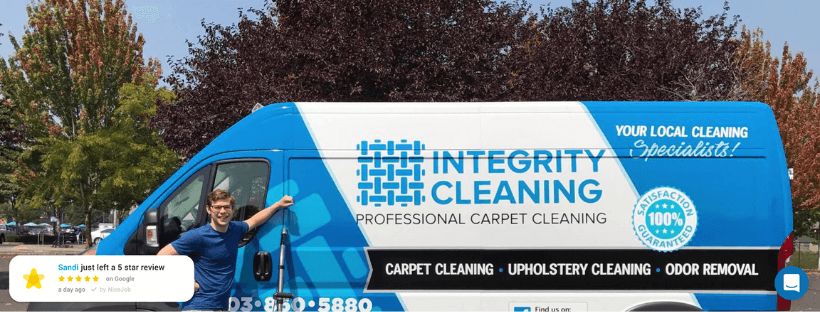
A great example of a local business using social proof on its website by promoting reviews with a discreet popup in the corner. Customer reviews are important because they provide material to help promote your business.
Social proof says, “Hey, if you’re unsure about our business, those who gave us a try LOVED us for reasons x, y and z.”
I mean, if a significant majority says a product or service is great, it means it must be great, right?
Not to toot our own horn, but we think NiceJob exemplifies this point perfectly.

Did you know that we have an average rating of five stars on Google for our reputation marketing services to help local businesses get more customer reviews?
Perhaps it shouldn’t come as a surprise that the average star rating of NiceJob clients is 4.77–higher than the average rating of 4.42 for all businesses.
Reviews Increase Your Website Traffic and Generate Leads
It might not be immediately obvious, but reviews help SEO. Simply put, the more positive review you have, the more it helps your website rank.
Here’s how this works: search engines crawl around the web to find content people find useful. This means that Google finds quality content and ranks that content on the first page.
So if your business is McKensy Burgers and you have great reviews on burgers, when someone searches “good burgers near me,” Google will bump up your website.
The more five-star customer reviews your product or service gets, the more they attract potential customers.
When people keep visiting your website, search engines start to identify you as an authoritative site for this topic. This is a boost to your SEO and with good SEO comes tons of quality traffic.
Optimize Your Google Presence
When you start to get a wider reach with the reviews you get on your website, it positively impacts online profiles associated with your business too.
This includes your Google Business Profile (GBP) account. GBP is what you use to collect and show off your reviews. It’s your Google profile for your business.
Not surprisingly, more customer reviews helps you optimize Google Business Profile. More reviews also increase exposure for your GBP profile.
That’s because reviews are a “ranking signal” that Google uses to display your business on Google Search.
The more you optimize your GBP profile with customer reviews, the more your profile will display when potential customers search for your services in your town.
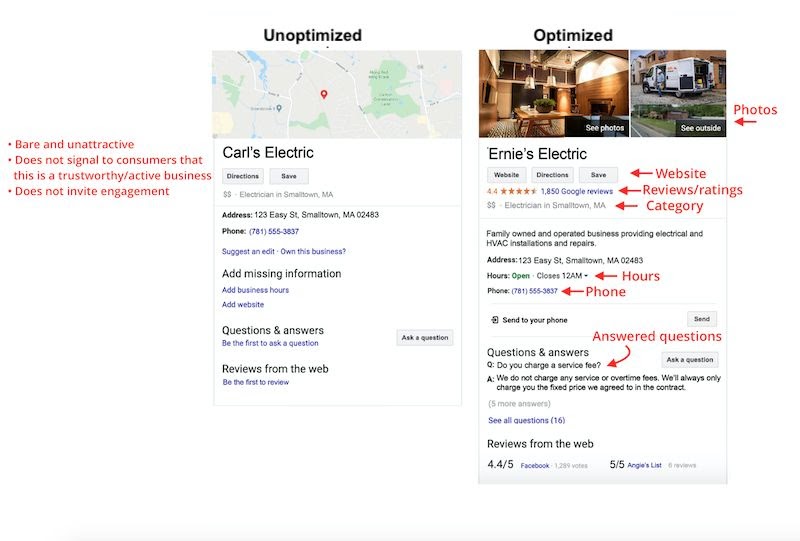
One of the reasons customer reviews are so important is because they help you optimize your Google Business Profile.
And reviews are essential for Local Services by Google. These are new types of advertisements exclusively for local businesses that depend on Google reviews.
.png?width=408&name=Page%20graphic7%20(1).png)
See these star ratings on Google Local Services Ads? Customer reviews are important for your company’s advertisement to show up more than the ad for one of your competitors.
The more Google Local Services reviews you have, the more Google will trigger your ads for potential customers.
So when you’re ready to hop into local ads, you can move forward with confidence and customer reviews!
That said, with more reach comes more reviews. Sometimes, that includes fake reviews. In case you run into any of those, here's how you can remove fake Google reviews. Or if they're not showing up at all, here's what you need to do if your Google reviews aren't showing up.
How to Get More Customer Reviews
It’s normal for businesses to get online reviews. But the thing is, it might be a lot slower than you anticipate. This is why asking for customer reviews is important.
Getting customer reviews isn’t easy. First you need a reliable product or service people actually like. Ask yourself if customers genuinely find your service useful.
And you need to provide an amazing customer experience. Would you write yourself not just a five-star review but an 11-star review if you were the customer?
The quality of reviews also matters. Only 57% of customers would choose a business with a three-star rating but 97% will choose a business with a four-star rating.
However, if your business is a dependable one, approaching customers will feel like a breeze.
Here are some tips on how to get customer reviews as a business owner:
- Ask them: A simple pop-up or email asking your customers to leave a review on your page will prompt them to take that action. While not every single person you reach out to will leave a review, many will, and every one who does is one more review than what you would’ve otherwise got.
- Use automation: Let’s face it. It’s hard to keep track of running a business while asking for reviews. This is why you should use reputation marketing software. With automation tools like NiceJob, it’s easy to manage your business and get online reviews.
- Shorten the process: You might be tempted to include lots of information or ask lots of questions with your review request. Remember, the easier it is to review, the more likely you’ll get a desired result. Try to keep the process short and simple.
- Leave an incentive: A little encouragement never hurt anyone! It’s against Google’s policies to buy Google reviews, but you can offer a charity donation for a review or look into other review platforms like Capterra! Be clear that you’re seeking honest feedback.
Get More Reviews With NiceJob
Getting more reviews comes down to blowing customers away with your amazing service and engaging them in a way that encourages them to be fans of your business!
With high-quality reviews you build brand awareness and can begin to use reputation marketing to create a household name out of your company.
Easily win 4x more customer reviews
NiceJob’s review management software gets you reviews on autopilot and shares them on Facebook, Instagram, and more so you can become top rated. 14-day free trial. No credit card required.
Start Free